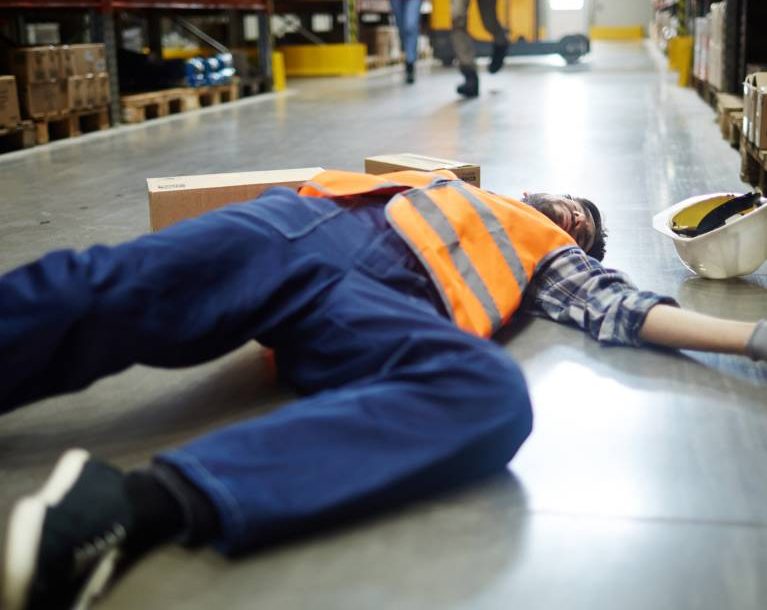It is reasonable to say that the pandemic touched nearly every aspect of our lives. Losing friends and loved ones, limits on where we can go, rules regarding what to wear, and how students go about learning are just a handful of the far-reaching impact of Covid-19.
Another part of life that felt a significant impact from the pandemic was how we work. Strict orders to stay at home brought an unprecedented rise in remote work. While numbers vary, reports tell us that roughly 40 per cent of Australians are still working from home.
The move towards continued working from home brings up new questions. One of the topics on the mind of remote workers and their employers is worker’s compensation for injuries that happen in a remote work environment.
Can I Claim Worker’s Compensation if I Work from My Home?
Remote workers frequently ask this question. The law is clear that mandating employees to work from home does not absolve employers from responsibility for meeting workplace health and safety laws. So, yes, you may be able to file a successful worker’s comp claim for injuries or illnesses you sustained working from home.
What are Some of the Risks to Employees While Working from Home?
Many people mistakenly believe that employees who are working from home experience no safety hazards. However, risks associated with employment still exist, and several seem exclusive to remote jobs. These include,
- Ergonomics and Equipment- The remote worker’s home is a bit of a wild card for being set up correctly for optimal ergonomic safety and equipment use.
- Additional Stress from Working Conditions- Not every home is ideal for remote working. Maintaining a quiet and professional atmosphere in a home with children or pets can be highly stressful. Distractions from everyday life also reduce the ability to concentrate and work. Presenting a quarterly report becomes an entirely different assignment when someone is at the door or ringing your home phone. These stresses can quickly turn into an issue with anxiety
- Physical Isolation- A significant number of Australian workers rely on the workplace for social interaction. When physically isolated, workers may show signs of mental health problems such as loneliness and depression.
When employers see these sorts of problems, it is best to meet them straight away and not allow the issues to fester.
How Can Employers Help to Make Safe Workspaces for Remote Employees?
Since an employer does not relinquish the duty of care when an employee works from home, they must do whatever is reasonably manageable to maintain safety. While employers do not have the same degree of control over a remote worker’s home working area, there are still several ways employers can help to keep their employees safe from working from home injuries.
- Maintain open communication lines with workers to avoid a sense of isolation. Creative ways to boost morale and enhance team building are often helpful.
- Provide instructional videos and graphics to help remote workers set up a safe and functional workplace. A focus on clean and uncluttered work areas and being removed from other members of the household that could be distracting are helpful.
- Make a checklist for employees to help them cover safety protocol. *For Example* Clear entrances, exits, covered extension cords, and adequate lighting prevents falls.
- Apprise workers about any potential hazards associated with their equipment at home—specifically, dangers from overheating or improperly ventilated electronics.
- Enforce regular breaks and lunches to give employees time to “reset” during the day.
- Advise workers to have an emergency safety plan if an unforeseen event occurs during work hours.
What Responsibilities Do Remote Employees Have for Their Safety When Working from Home?
Understandably, employers should not bear the entire weight of responsibility for safety in areas that are out of their control. Employees must also be accountable for their own safety and prevention of working from home injuries.
- Follow all the health and safety instructions from the employer
- Maintaining equipment so it is safe for use
- Keep a safe working environment with proper lighting, ventilation, and clear walkways
- Have functional safety equipment such as smoke detectors and fire extinguishers
- Use all work equipment correctly
- Report any changes in the environment that could impact health and safety
- Follow traditional standards of behaviour to maintain a safe workspace
While injured employees may claim workers’ compensation while working from home, several factors impact the success or failure of such claims.
- Provide substantive proof that the injury happened in the course of employment. It is much easier to prove a filing cabinet fell on you in the office than it is to establish that falling down the steps happened in the course of performing your work duties.
- Report the incident to your employer immediately.
- Collect any physical evidence to support your claim.
Because successful remote workers’ compensation claims are a more significant challenge than claims originating from the workplace, enlisting the help of an injury lawyer is the best way to improve the likelihood of getting worker compensation while working from home.

